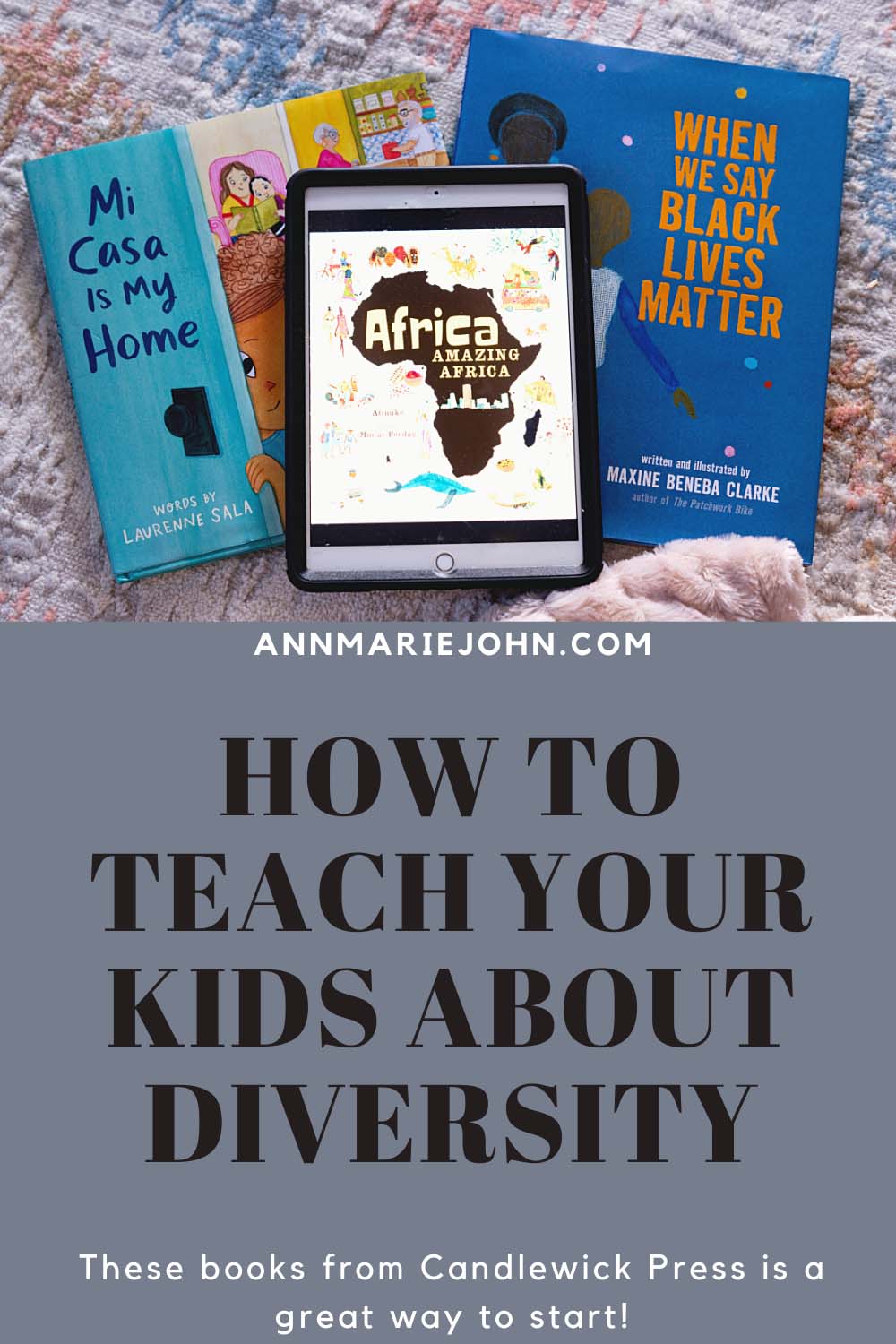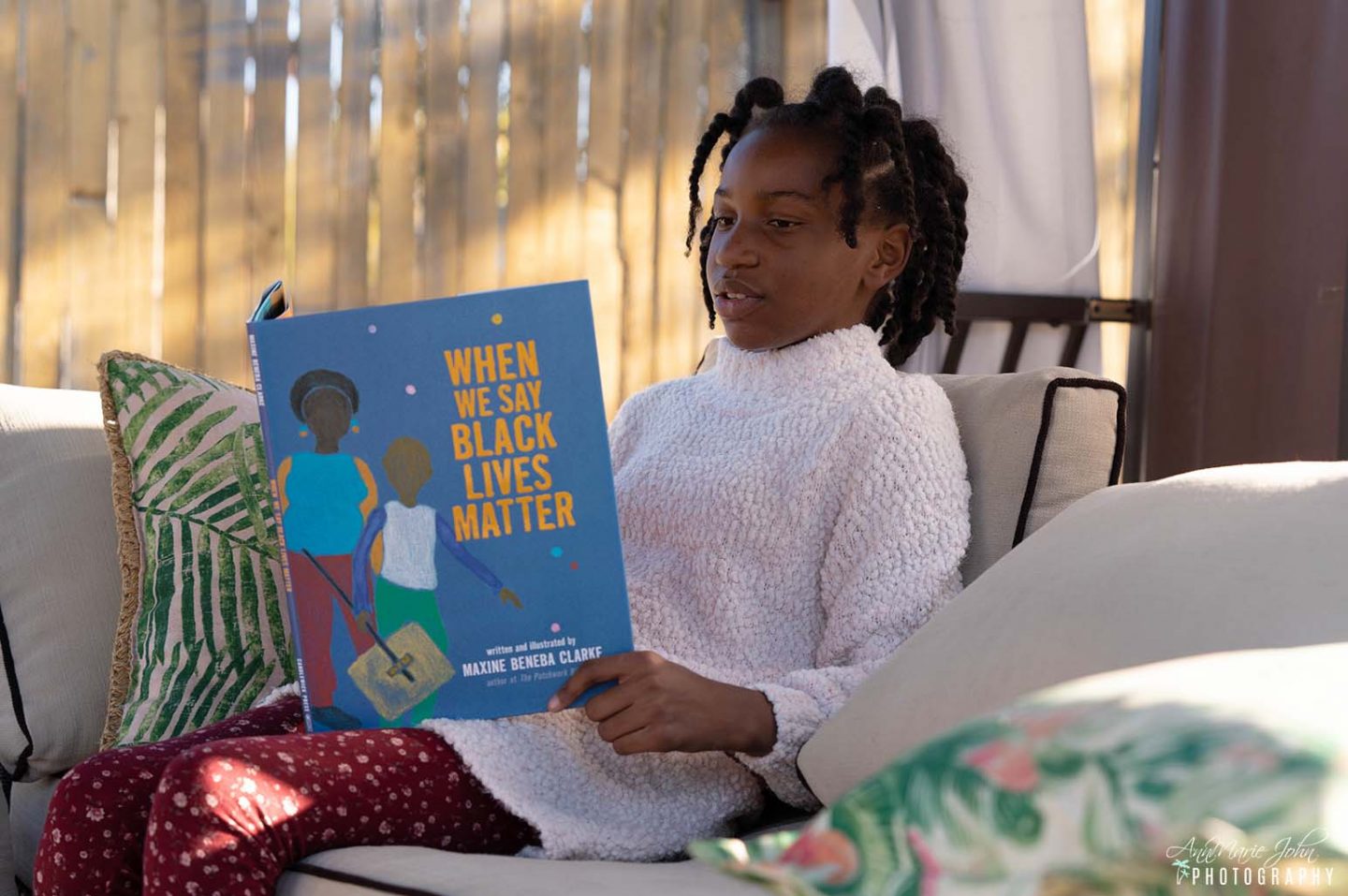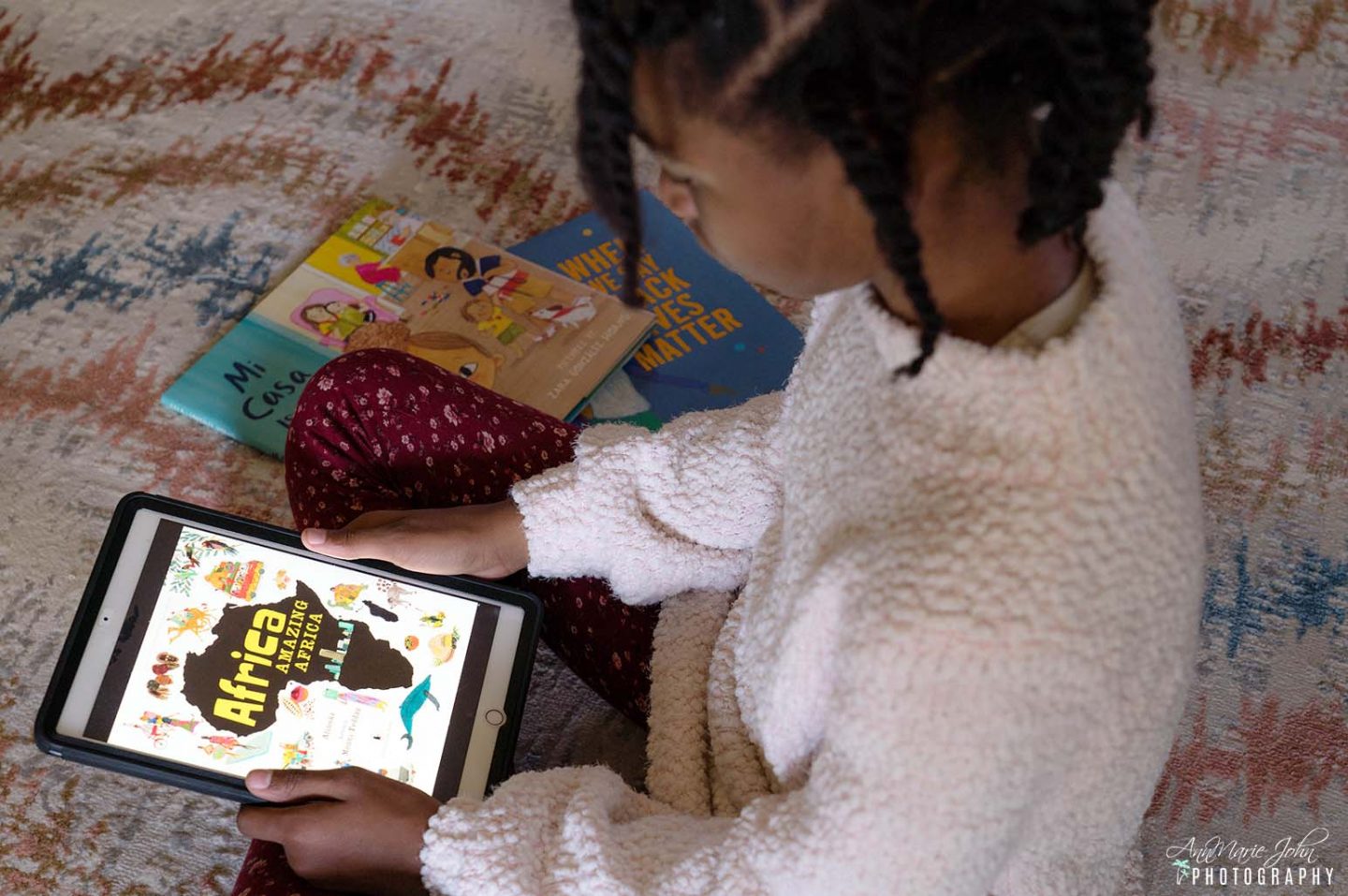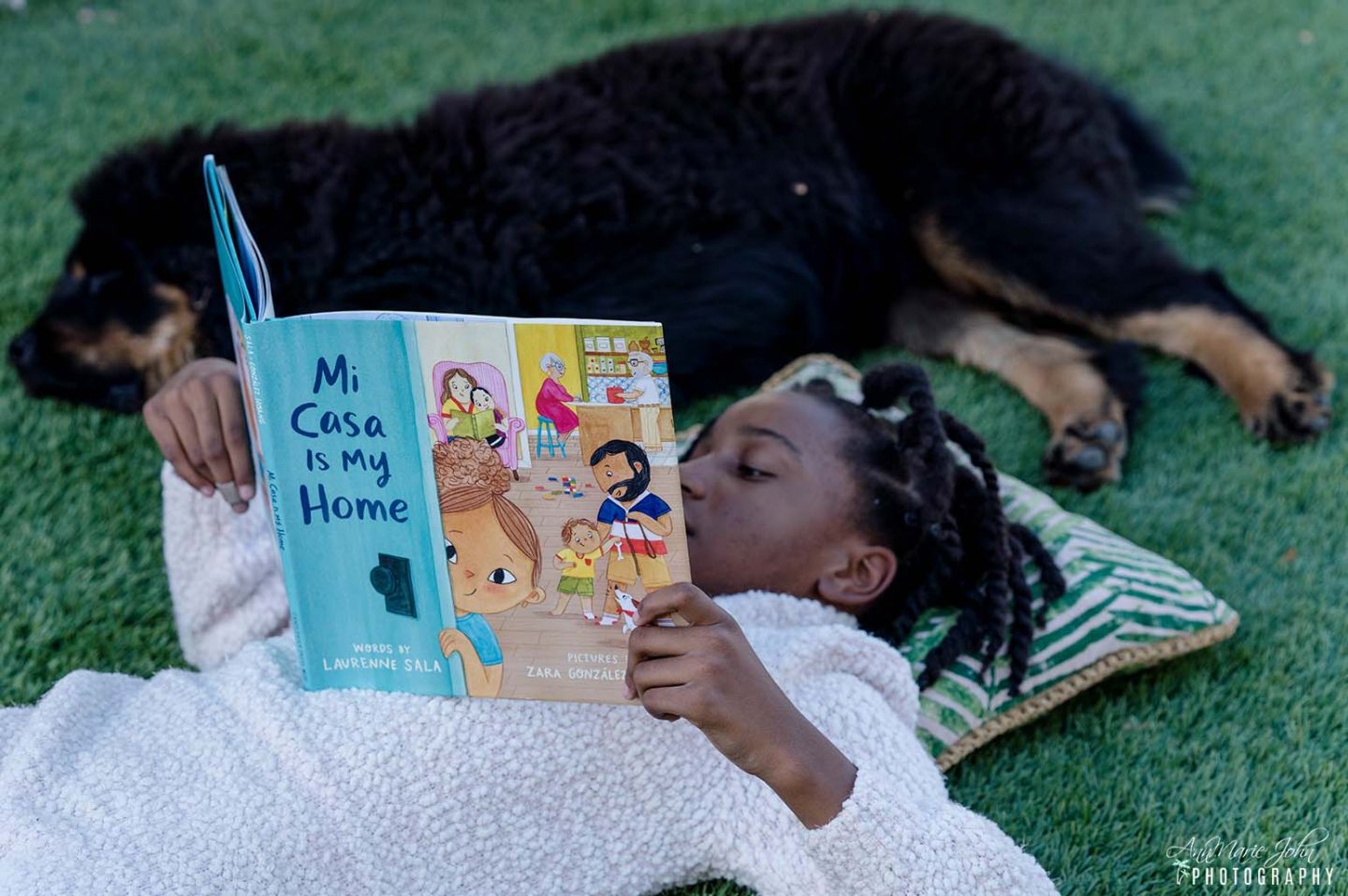I’ve promoted lots of “black books” in the past because I believe that having books that genuinely relate to my children is very important. However, that doesn’t mean that I don’t incorporate other books as well. It’s all about teaching kids about diversity. But what exactly is diversity?

Diversity is all about differences. Whether that difference is ethnicity, race, culture, language, disability, religion, it’s what makes us different and diverse.
But how do you go about teaching kids about diversity? There are numerous ways, and one of them and quite possibly the easiest is through books. However, here are three easy ways that you can teach your child about diversity.

Through Travel
Believe it or not, I have been preaching to the masses that one of the best ways to teach or educate a child is through travel. There is so much to be learned through travel. Each time I travel with Madison, she’s learning about new cultures, new foods, language, etc., and each travel experience is a lesson learned in diversity. If you can’t afford to travel, then you can consider doing virtual field trips. Travel is another way to teach your child to be empathetic and tolerant towards others.
Cooks Foods From Different Cultures
Another easy way is to cook foods from different cultures. Finding recipes from other countries/cultures is as simple as a quick search on Pinterest. Food is an essential aspect of a culture. For example, in the Caribbean, we love spicy dishes, and we create a few special meals that are only found in the Caribbean. While in the kitchen, we would cook and listen to music from the islands. It’s a great way to embrace the Caribbean culture while chatting about what makes us different.
Through Books
Quite possibly the easiest and cheapest way is through books. If your child loves to read, you can purchase books from various authors that they can read themselves. You can even read to them if they can’t and end the lesson with a question and answer session to see what they’ve learned.
We recently received three books from Candlewick that are great examples of how diverse a world we live in. Madison LOVES to read, and I’m always purchasing new books. These three, however, are relatively new to our collection but ones that I truly do recommend.
When We Say Black Lives Matter – Author + Illustrator: Maxine Beneba Clarke
The Black Lives Matter movement has genuinely gained traction in the last two years, and this book is a great way to introduce your kids to that movement. When We Say Black Lives Matter gives a simple explanation of why the movement exists and why it matters.
It is beautifully written and illustrated, and it very simply and clearly explains the importance of equality and respect and delivers a message of love and hope. It conveys that true equality is reflected in kindness, joy, and having the freedom to be who you are without fear.
In this joyful exploration of the Black Lives Matter motto, a loving narrator relays to a young Black child the strength and resonance behind the words. In family life, through school and beyond, the refrains echo and gain in power, among vignettes of protests and scenes of ancestors creating music on djembe drums. With deeply saturated illustrations rendered in jewel tones, Maxine Beneba Clarke offers a gorgeous, moving, and essential picture book.
Candlewick Press

Title: Africa, Amazing Africa – Author: Atinuke & Illustrator: Mouni Feddag
In Africa, Amazing Africa, you get to discover the diversity of the African continent and learn all about the fifty-five countries that make up Africa. You learn all about the cultures, flora, and fauna, and what makes each country unique. With beautiful illustrations, this book brings the countries of Africa to life.
A Nigerian storyteller explores the continent of Africa country by country: its geography, peoples, animals, history, resources, and cultural diversity. The book is divided into five distinct sections—South, East, West, Central, and North—and each country is showcased on its own bright, energetic page brimming with friendly facts on science, industry, food, sports, music, wildlife, landscape features, even snippets of local languages. Atinuke’s lively and comprehensive introduction to all fifty-five African countries—a celebration scaled to dazzle and delight even very young readers—evokes the continent’s unique blend of modern and traditional. Complete with colorful maps, an index, and richly patterned and textured illustrations by debut children’s book artist Mouni Feddag, Africa, Amazing Africa is both a beautiful gift book and an essential classroom and social studies resource.
Candlewick Press

Mi Casa Is My Home – Author: Laurenne Sala & Illustrator: Zara González Hoang
In Mi Casa is My Home, we delve into the Latin culture with Lucía and her boisterous loving family. You get to meet an intergenerational array of loved ones in a charming Spanglish celebration of family life. This book is perfect for bilingual speakers, as Lucia speaks Spanglish. However, it’s also great for those wanting to connect with another language. The text moves seamlessly between English and Spanish for monolinguals while providing visual context for readers who don’t speak Spanish.
Bienvenidos to Lucía’s home. Lucía lives in her casa with her big, loud, beautiful familia, and she’s going to show you around! From la puerta, where Abuela likes to wave to the neighbors and wait for packages from Puerto Rico or Spain, to la cocina, where Lucía watches her Mamá turn empty pots into soups and arroces, to el patio, where Lucia and her cousins (and her cousin’s cousins!) put on magic shows, Lucía loves her busy and cozy casa. With warmth and joy, author Laurenne Sala and illustrator Zara González Hoang celebrate home in this bilingual picture book that feels like an abrazo from your most favorite people, your familiar.
Candlewick Press

Teaching kids about diversity doesn’t have to be difficult, and allowing your kids to embrace their differences while appreciating the cultures surrounding them is a step towards inclusivity. We hope that our three simple steps will get you started on your journey to teaching your kids about diversity.
